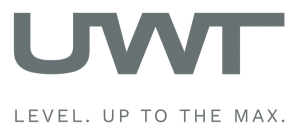Basket
(0)
Search
Nivobob® electromechanical level measurement
NIVOBOB® - NB4000
Nivobob - NB4000 is a microprocessor-controlled, electromechanical level switch for dry, bulk materials, such as: cereals, feed mixture, wood chips, building materials, etc. The measurement is independent of material properties, such as conductivity, dielectric, moisture and dust. Two versions are available:
- with steel rope, measuring range up to 15 m and
- with steel strip, measuring range up to 30 m.
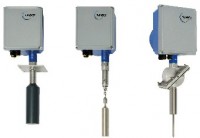
The electronics intermittently lower the weight to the surface of the material for which we want to measure the level. The length of the unwound rope or the tape is the measure of the level of the material. The measurement can be switched on with an external switch or with a built-in time switch. The measurement is very simple, reliable and affordable.
The measurement can be displayed on the Nivotec control system.
![]()
Level meters NB4000 are certified for installation in explosive environments according to the Atex directive.
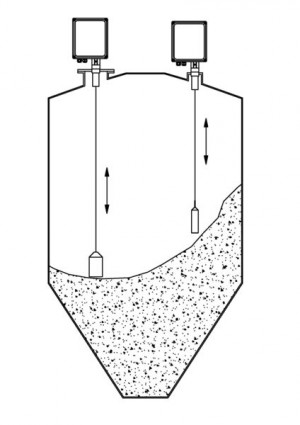 |
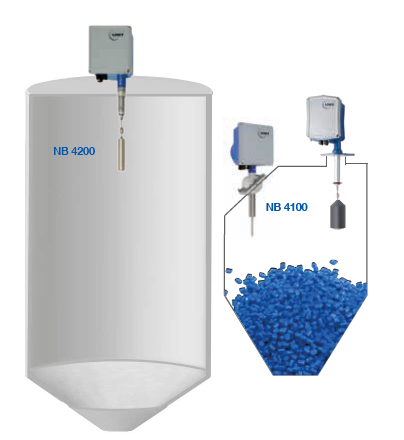 |
NIVOBOB® - NB3000
Nivobob - NB3000 is a microprocessor-controlled, electromechanical level switch for bulk materials, such as: varoius granules, dust, cement, and similar, and intermediate layers )level of salt, sludge or sediment in water). The measurement is independent of material properties, such as conductivity, dielectric, moisture and dust. Two versions are available:

- with steel rope, measuring range up to 30 m and
- with steel strip, measuring range up to 40 m (option up to 50 m)
The electronics intermittently lower the weight to the surface of the material for which we want to measure the level. The length of the unwound rope or the tape is the measure of the level of the material. The measurement can be switched on with an external switch, with a built-in time switch or with the Nivotec control system. The measurement is very simple and reliable, even under the most demanding operating conditions.
In addition to the standard current output of 4 - 20 mA, we also have Modbus or Profibus DP communication available for easier and more reliable level control in a large number of silos at the same time. With the help of the Nivotec control system, the levels can be viewed in the control room, in the office, from home or on a smartphone.
![]()
Level meters NB3000 are certified for installation in explosive environments according to the Atex directive.
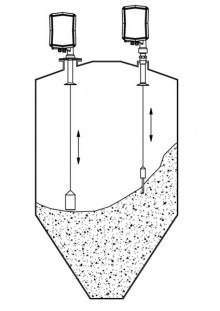 |
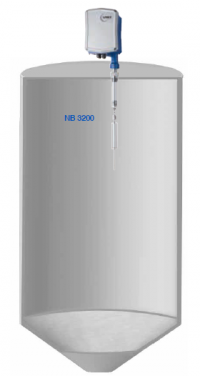 |
We are so confident in the quality of NB3000 series that we have extended the warranty period to 5 years from the date of delivery.
Documents
-
 NIVOBOB - NB4000 brochure
(PDF / 2.64 MB)
NIVOBOB - NB4000 brochure
(PDF / 2.64 MB)
-
 NIVOBOB - NB4000 description
(PDF / 1.05 MB)
NIVOBOB - NB4000 description
(PDF / 1.05 MB)
-
 NIVOBOB - NB3000 brochure
(PDF / 1.45 MB)
NIVOBOB - NB3000 brochure
(PDF / 1.45 MB)
-
 NIVOBOB - NB3000 description
(PDF / 1.18 MB)
NIVOBOB - NB3000 description
(PDF / 1.18 MB)

